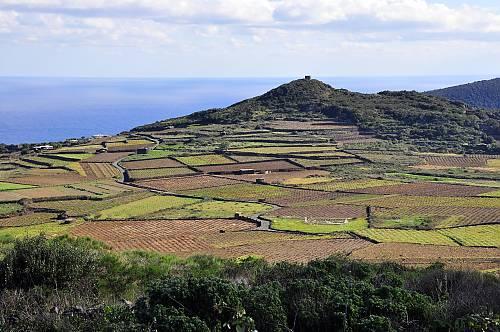Ancient Greece has intrigued archaeologists and scholars for more than a thousand years. UNESCO has listed four surviving practices that have carried on into the 21st century. The four are on UNESCO’s Intangible Cultural Heritage of Humanity’s list and are definitely of interest to today’s students, foodies and travellers. The first is the Mediterranean diet, which is shared with other countries and has been discussed in a previous article.
The Momoeria
The most colourful on the Greek list is the “Momoeria,” the New Year’s celebration carried out in eight villages in West Macedonia, in the Kozani area in north-western Greece. Every year from Dec. 25 to Jan. 5, dancers, actors, and musicians get together and perform in village streets. They also visit individual homes to celebrate the coming of the New Year. A group of about 30 male performers known as the Momoeria dancers provide a special focus for the celebrations.
Representing the priests of Momos (god of laughter and satire) or “commanders of Alexander the Great,” they wear helmets, pleated skirts, traditional shoes, and brandish sticks “while dancing under their leader’s command to convince the powers of nature not to endanger the livelihood of villagers.”
Actors perform as characters from a satirical play. Villagers tease the performers, creating a special atmosphere of fun. Bagpipes play and everyone wishes the others a good harvest and healthy children, and these days they also ask for the sustainable management of natural resources.
The fun ends in the town square with singing and dancing around a fire until morning. The tradition is being “transmitted informally from older to younger generations,” say UNESCO’s notes.
Cultivating Mastic
Listed as “know-how of cultivating mastic on the island of Chios,” this age-old way of collecting the aromatic resinous substances from small mastic trees (pistacia lenticus) on the island of Chios is a family occupation.
Chios, just seven kilometres off the Anatolian coast, is known for its “numerous properties” and special taste. Its culture “is a family occupation that requires laborious care throughout the year.” Both men and women of all ages participate on equal terms, according to UNESCO notes. The men take care of the natural fertilization and pruning of the shrubs in winter, while “from mid-June, women sweep, level, and clean the ground around the trunk, so that the mastic can easily be recovered.”
My son and I each tasted a spoonful of “mastiha” made into a sweet when we were in the south of Greece. It is a gesture of hospitality. Ouzo, the Greek drink that is clear until one adds water, is also made with mastic as a flavouring.
Starting in July, an incision is made in the bark and main branches with an iron tool. Once the mastic has solidified, “women select the larger tears first, wash them and place them in wooden boxes in a cool place.” Older people take care of transmitting the techniques for incision and harvesting the “mastiha” to the younger generation.
The culture of mastic represents “a comprehensive social event, around which networks of alliances and mutual help have been established.” These communal practices are also a time for remembering their culture through the telling of old tales and stories.





